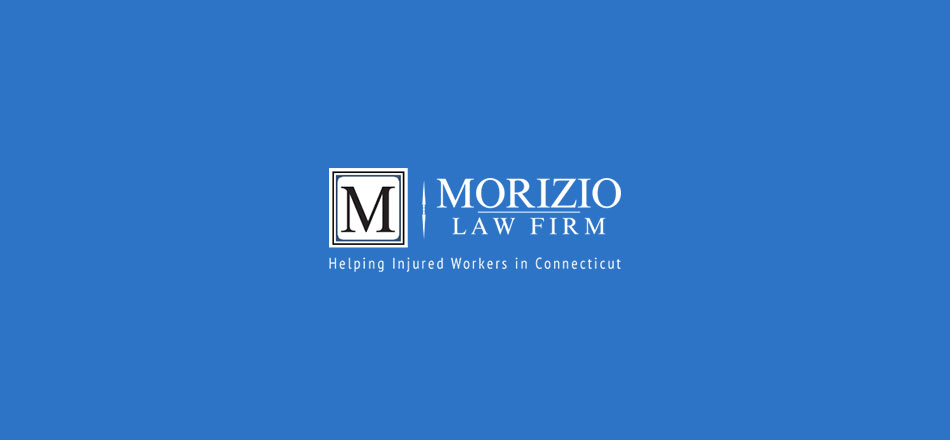Top Safety Hazards Facing Connecticut Workers Today

Employers across Connecticut, especially those in construction, manufacturing and other hazardous industries, should know what the most common factors are in workplace injuries. The National Safety Council has created a list after years of conducting safety audits, and its results can be eye-opening.
One major factor is poor housekeeping. Clutter can pose a trip hazard, or it could block fire exits, aisles and emergency exits. In addition, stacking up too many loads in warehouses can limit the effectiveness of sprinkler systems. Electrical hazards are a second factor, especially the use of multiple extension cords in a process known as “daisy-chaining.”
Certain machinery also poses a risk, especially forklifts. Forklift operators are often rushed and, as a result, either drive quickly or take unsafe shortcuts like moving excessive loads. Also, employees may fail to utilize the proper lockout-tagout procedures, which are meant to keep certain machinery from producing hazardous energy or posing some other kind of harm.
Many companies endanger their employees by keeping dangerous chemicals around. It’s important to dispose of chemicals once they are unnecessary; this is because some chemicals become unstable over time. Lastly, confined spaces can present workers with a hazardous atmosphere if employers do not conduct a thorough risk assessment.
Though negligence leads to many workplace injuries, not everyone decides to file a personal injury claim against the employer. Some take advantage of the benefits offered through the workers’ compensation program, which does not require workers to make a case against a negligent party. Filing for these benefits will actually waive the right to sue one’s employer, so victims may wish to speak with a lawyer before they move forward. The lawyer may assess the claim, help file paperwork and strive for the maximum settlement allowed by the state. The program might also pay out death benefits to the family of the victim of a fatal workplace accident.

